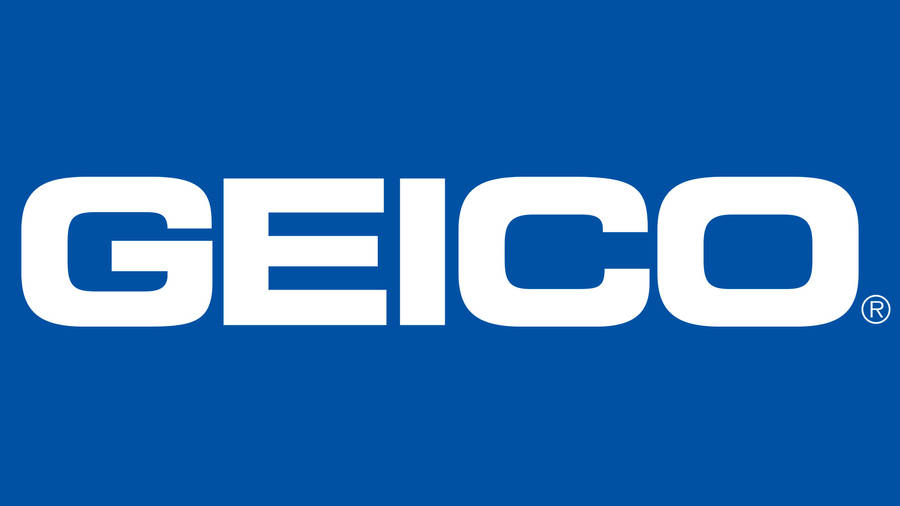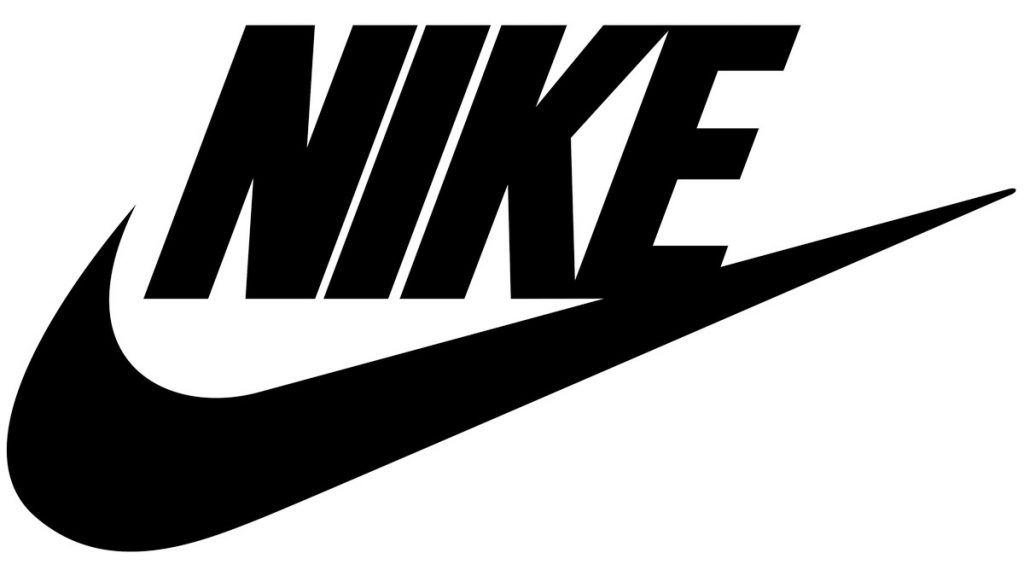Table of Contents
What is Integrated Marketing?
Integrated marketing is a process that coordinates all marketing activities and channels toward a common goal. It involves the strategic use of multiple communication channels to deliver a consistent message to customers.
The goal of an integrated marketing approach is to create a seamless and consistent customer experience that leads to increased brand loyalty and revenue. This entails ensuring that all methods of communication and messages are linked together. Integrated Marketing Communications, or IMC, as we’ll call it, at its most basic level means linking all of the promotional tools so they function together in tandem.
Integrated marketing is a holistic approach to marketing that considers all aspects of a company’s marketing mix. It takes into account the company’s overall marketing strategy. Integrated marketing is the practice of managing all of a company’s marketing channels to provide a consistent message. Consumers are more likely to return if the brand is consistent in every aspect of their experience.
This ensures that when people interact with a company, it is the same every time. Integrated marketing is a comprehensive approach that uses all available channels to reach customers with a consistent message. This type of marketing seeks to create a cohesive customer experience by delivering the same message across all channels, including advertising, public relations, direct marketing, and social media.
Why use an Integrated Marketing Strategy?
1. Creating a consistent narrative
It is used to create a consistent narrative across all channels. This helps customers understand the brand and what it represents. When customers see the same message across multiple channels, they are more likely to remember it.
One approach to ensure that your advertisements and other marketing assets have a long-lasting impact is to link them into a unified story that may be used across several channels of distribution. This way, customers will remember your brand and what it represents.
2. Improving marketing campaign performance
An integrated marketing strategy can improve the performance of marketing campaigns. This is because all channels are working together to deliver the same message. Customers are more likely to recall a message if it is delivered multiple times.
An integrated marketing strategy can also help track campaign performance. This is because all channels are using the same tracking methods. This makes it easier to see which channels are performing well and which ones need improvement.
3. Decreasing costs and increasing value:
An integrated marketing strategy can decrease the costs of marketing campaigns. Having one cohesive message across all channels requires less money to produce than separate messages for each channel.
An integrated marketing strategy can also increase the value of marketing campaigns. This is because all channels are collaborating to provide the same message. As a result, clients are more likely to recall the campaign and the brand as a whole.
4. Optimizing customer experience
An integrated marketing strategy can help optimize the customer experience. This is because all channels are collaborating to provide a similar experience. This means that customers will have a consistent experience with the brand.
An integrated marketing strategy can also help create custom experiences for customers. Creating a multichannel marketing campaign lets businesses send tailored messages to specific customer demographics.
5. Increasing brand awareness
An integrated marketing strategy can help increase brand awareness. Coherency across channels strengthens the message and consequently makes it more memorable for customers.
An integrated marketing strategy can also help create top-of-mind awareness for the brand. All channels working in tandem allow customers to receive the same message, thus making it more likely for them to think of your brand when they need a product or service you offer.
6. Generating leads
An integrated marketing strategy can help generate leads. By using multiple channels to reach potential customers, businesses can increase their chances of getting noticed.
It is useful to have an integrated marketing strategy in place when trying to generate leads. This is because multiple channels can be used to reach potential customers. For example, a brand can use both online and digital marketing channels to reach potential customers.
7. Creating loyalty and repeat customers
An integrated marketing strategy can help create loyalty and repeat customers. By providing a consistent experience across all channels, customers are more likely to develop loyalty toward the brand.
An integrated marketing strategy can also help create repeat customers. This is because customers who have had a positive experience with the brand are more likely to come back and purchase again.
8. Enhancing offline campaigns with online tools
An integrated marketing strategy can help enhance offline campaigns with online tools. For example, a business can use online tools, such as social media, to drive traffic to their physical store.
It is useful to have an integrated marketing strategy in place when running offline campaigns. This is because online tools can be used to supplement the campaign and reach a wider audience.
How to create Integrated Marketing Strategies
There are a few key rules for creating successful integrated marketing campaigns
1. Define your objectives
First of all, you need to define your objectives. What do you want to achieve with your integrated marketing strategy? Do you want to increase brand awareness, generate leads, or create loyalty and repeat customers? Once you know what you want to achieve, you can create a plan to reach those objectives.
2. Identify your target audience
Then you should identify your target audience. Who do you want to reach with your integrated marketing strategy? Once you know who your target audience is, you can determine which channels they are most likely to use.
3. Select the right channels & combine them
You should select the right channels. There are a variety of channels you can use, such as online channels, offline channels, or a combination of both. Once you know which channels your target audience is using, you can create a plan to reach them.
4. Create cohesive messages
All of your channels should have cohesive messages. Your integrated marketing strategy will be more successful if all of your channels are saying the same thing. This way, your target audience will receive a consistent message and be more likely to remember it.
# Steps of Creating an Integrated Marketing Plan
1. Creating SMART Goals
The first step of creating an integrated marketing plan is to set SMART goals. SMART goals are specific, measurable, attainable, relevant, and time-bound. By setting SMART goals for your integrated campaigns, you will be able to track your progress and see if you are meeting your objectives. Your goals can be launching a new brand, introducing a new product, or increasing sales by a certain percentage.
2. Conducting a SWOT Analysis
The second step of a successful integrated marketing plan is to conduct a SWOT analysis. This will help you identify your strengths, weaknesses, opportunities, and threats. Once you have identified these factors, you can create a plan to address them.
3. Creating Personas
The third step of creating an integrated marketing plan is to create a buyer persona. A persona is a fictional character that represents your ideal customer. By creating a persona, you will be able to better understand your target audience and what they want.
4. Outlining your marketing channels
The fourth step of creating an integrated marketing communication plan is to outline your marketing channels. There are a variety of channels you can use to reach your target audience. These channels can be online, offline, social media channels, or a combination of all. Once you have identified your channels, you can create a plan to use them.
5. Assigning responsibilities
The fifth step of creating an integrated marketing organization is to assign responsibilities. This will ensure that each team member knows what they need to do and when they need to do it. By assigning responsibilities, you will be able to keep your team on track and make sure that your integrated marketing plan is executed properly.
6. Creating a content plan and timeline
The sixth step of creating an integrated marketing plan is to create a content plan and timeline. This will help you determine what type of content you need to create and when you need to create it. By creating a content plan and timeline, you will be able to keep your integrated marketing plan on track.
7. Measuring your results
The seventh and final step of creating an integrated marketing plan is to measure your results by using marketing analytics. This will help you determine if your integrated marketing plan is working. By measuring your results, you will be able to make changes to your integrated marketing plan as needed.
By following these steps, you can create a successfully integrated marketing plan which is a great way to reach your target audience and achieve your business goals.
Examples of Integrated Marketing Campaigns
1. Starbuck
Consider the perks of being a Starbucks customer. You may use your Starbucks app to place an order for coffee, then arrive at the shop and discover that your drink is ready (With your name on it!) and you can earn some stars in the process.
You can order ahead so that you don’t have to wait in line. You can reload your Starbucks card with more money so you don’t have to fumble for cash. You can even pay with your phone. Now imagine that you are the marketing manager at Starbucks. You have the challenge of reaching all of these different customers with customized messages that speak to their unique needs.
You may target new customers with a free drink offer. You might reward existing customers with a special discount or early access to new products. You could also send a message to lapsed customers in an effort to win them back. The key is to integrate your marketing efforts so that each customer feels like you are speaking directly to them.
2. Apple’s in-store experience
Apple is a great example of integrated marketing. Apple has created a cohesive in-store experience that is consistent across all of its locations.
By doing this, they are able to provide their customers with a seamless experience that is easy to navigate.
In addition, Apple has integrated its online and offline efforts by allowing customers to purchase products online and then pick them up in-store.
This provides customers with the convenience of shopping online while still being able to speak to a sales associate in-store if they have any questions.
3. Geico – The Gecko
Geico is another great example of integrated marketing. Geico has created a cohesive brand identity with their Gecko character.
The Gecko is present in all of their marketing channels and helps to create a consistent message.
Geico has also integrated its marketing efforts by allowing customers to get a quote online, on the phone, or in person.
This provides customers with the flexibility to choose the channel that is most convenient for them.
4. Nike – Just Do It
Nike is a great example of integrated marketing. Nike has created a cohesive brand identity with its “Just Do It” slogan. The slogan is present in all of their marketing channels and helps to create a consistent message.
Nike has also integrated their marketing efforts by allowing customers to purchase products online, in-store, or through its catalog.
5. Domino’s – AnyWare Campaign
Domino’s is a great example of integrated marketing. Domino’s created a campaign called “AnyWare” which allowed customers to order their pizza through any device.
This integrated marketing campaign helped to ensure a unified and seamless experience that increases sales and brand awareness.
6. GoPro – Be a Hero Campaign
GoPro is a great example of integrated marketing. GoPro created a campaign called “Be a Hero” which encouraged people to use their products to capture their heroic moments.
It encouraged people to share their user generated content and become a hero.
GoPro marketing team optimized this campaign across all the different channels like social media, and TV ads to create a cohesive campaign with effective integrated planning and omnichannel marketing.
Here is a video by Marketing91 on Integrated Marketing.
Some Statistics which will make you believe in Integrated Marketing
Improved cross-functional team collaboration can do wonders for your business.
- Ineffective communication, according to a study by the Project Management Institute, is responsible for a third of project failures.
- According to R3, eliminating integration and collaboration frictions among agencies and teams can lead to a 19% increase in value.
Change is inevitable, but how an organization adapted to those changes can mean the difference between success and failure. Many marketing organizations struggle with change management.
- On average, 26% of marketing budgets are wasted on ineffective channels and strategies, according to a survey of 1,000 marketers by Rakuten Marketing.
- A report by Gartner found that 89% of companies expect to compete mostly on customer experience which is up from 36% in 2010.
- According to AdReaction’s 2018 Global Report, more than half of integrated marketing campaigns fail to reach their goals. Although nearly half of all marketing campaigns are well-integrated, less than 60% of consumers believe this to be true.
Integrated marketing is a necessary part of doing business in the modern world. By taking the time to integrate your marketing efforts, you can increase sales, improve communication, and foster a better relationship with your customers.
Better-performing campaigns can be driven by integrated marketing. Let us have a look at some of the stats that favor such claims-
- Customers who buy both in-store and online have a 30 percent better lifetime value than those who only use one channel suggests a 2015 IDC study.
- According to Heinz/PFL 2018 Multichannel Marketing Effectiveness Report- Marketers that combine all channels are more than twice as likely to claim higher marketing effectiveness
Hence, it is clear that integrated marketing is the need of the hour and if executed efficiently, can help you reap great benefits!
Conclusion!
Finally, it can be stated that integrated marketing is a comprehensive and holistic approach to marketing that considers all components of a company’s marketing strategy. It is a process that seeks to create a cohesive and integrated approach to marketing communications, which in turn can lead to greater customer engagement and loyalty.
To be successful, integrated marketing must be planned and executed carefully, taking into account all aspects of the company’s marketing mix. When done correctly, integrated marketing can be a powerful tool for building brand awareness and loyalty.
What are your thoughts on integrated marketing? Have you used this approach in your business? Let us know in the comments below.
Liked this post? Check out the complete series on Marketing







You briefly describe Integrated Digital Marketing. You describe very clearly. I get much information about your blog. Thanks for helping us!
Thanks! I look forward to reading your future articles!